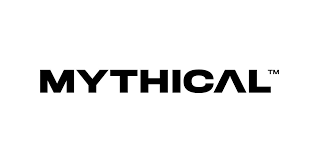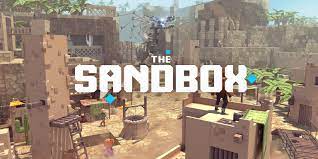As blockchain technology continues to gain traction, the need for mass adoption is becoming increasingly important. However, onboarding the masses to Web3 poses a significant challenge, given the steep learning curve associated with decentralized technologies.
Alchemy aims to tackle this challenge with its newly launched Create Web3 Dapp (CW3D) platform, which aims to empower developers and bring more people into the world of decentralized technologies.
According to Elan Halpern, Product Manager at Alchemy, the company’s mission is to bring Web3 to a billion people, and they plan to achieve this by empowering developers. For Halpern, getting developers excited about creating products that people will use is key to bringing Web3 to the masses.
The CW3D tool is open source, allowing users to build their own templates and components, and contribute to the development of the platform.
Alchemy aims to make developers’ lives easier by simplifying the process of creating decentralized applications. With the CW3D platform, it takes just four minutes to build a dapp, which is significantly faster than alternative methods.
Alchemy is a blockchain software development company that builds applications across several chains, including Ethereum, Polygon, Arbitrum, and Optimism, with plans for Solana integration in the future.
The company raised $250 million in Series C funding in October 2021 and acquired the Ethereum coding platform, Chainshot, in August 2022.
Alchemy describes its products as working within a certain amount of time, and the CW3D platform is no exception. The platform aims to provide developers with essential tools to create a decentralized application, without adding unnecessary complexity.
Other projects, including Algorand, Cosmos, and Infura, are also building platforms for launching decentralized applications. On Thursday, Coinbase announced the launch of its Ethereum layer-2 network for decentralized applications, Base.
Halpern acknowledges that building in Web3 is similar to building a website in the 90s, with a ton of opportunity, but limited infrastructure tooling and support for developers.
However, he believes that with the right tools and infrastructure, developers can build the next generation of mainstream applications.



